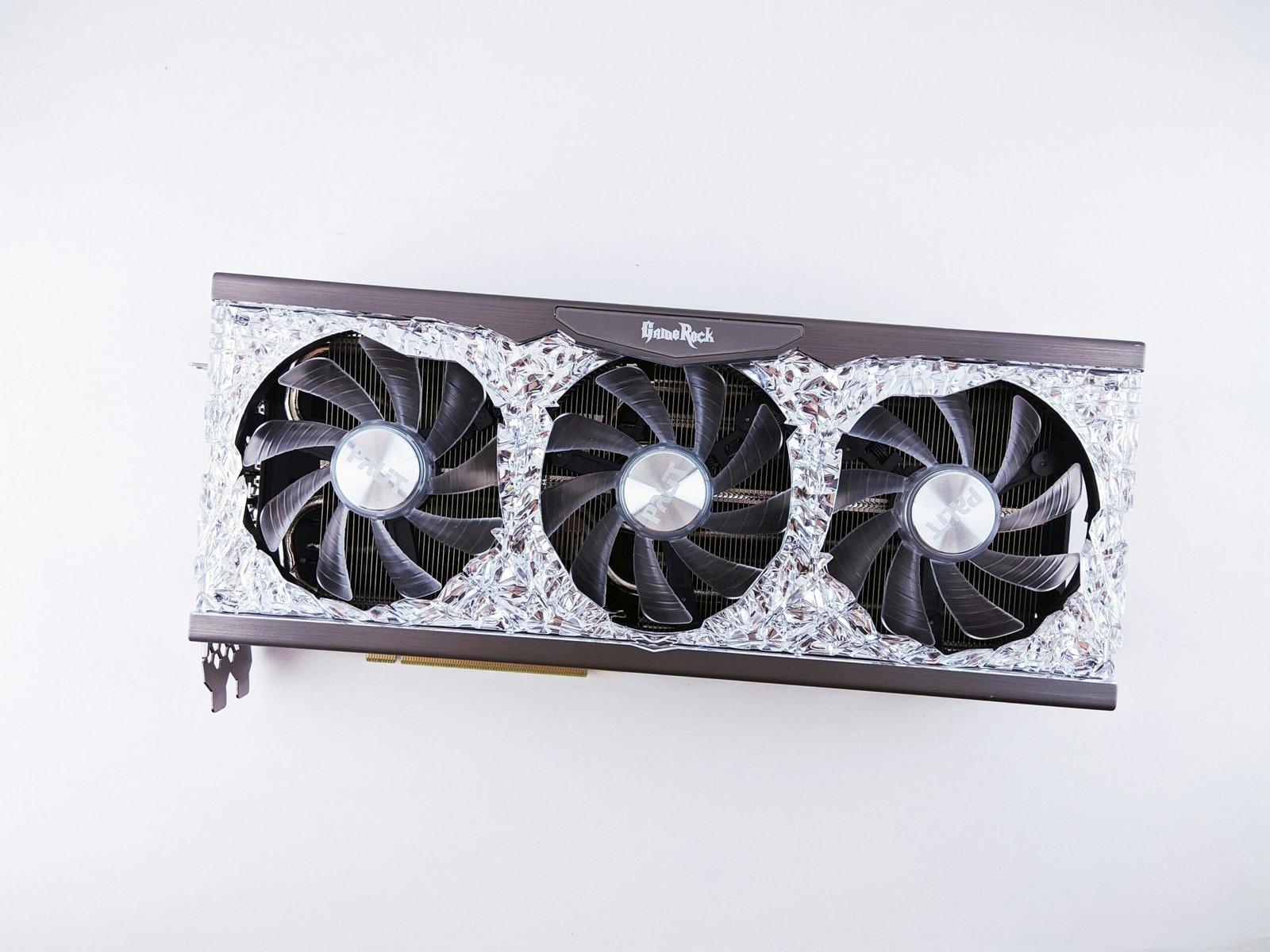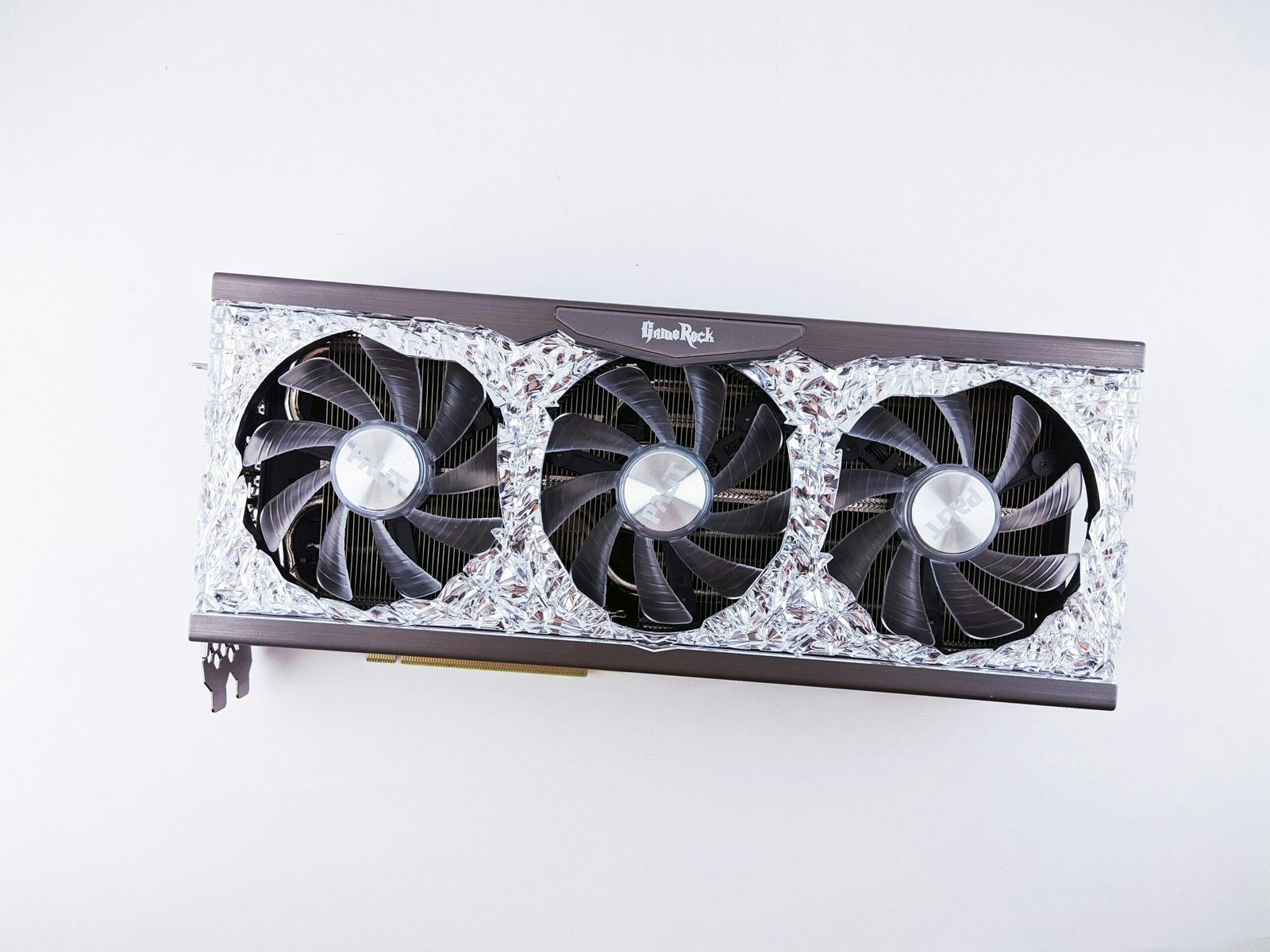I remember the days when I used to assemble computers in my little workshop, with a sense of adventure and a bit of apprehension. Each component, from the RAM sticks to the GPUs, felt like pieces of a puzzle that I was eager to solve. This was more than a decade ago, and since then, technology has taken giant leaps. Today, I’m here to talk about one such leap – High Bandwidth Memory (HBM), a newer form of RAM that’s changing the game in computer memory technology.

What is HBM and Its Development History
High Bandwidth Memory, or HBM, is a significant advancement in the world of computer memory. It’s a type of RAM interface designed for 3D-stacked synchronous dynamic random-access memory (SDRAM), initially developed by giants like Samsung, AMD, and SK Hynix. The journey of HBM began back in 2013, with the first memory chip produced by SK Hynix. Fast forward two years, and we saw the first devices equipped with HBM – the AMD Fiji GPUs. This groundbreaking technology was adopted as an industry standard by JEDEC in 2013, marking a new era in memory design.
HBM stands out by offering higher bandwidth while consuming less power, all in a significantly smaller form factor compared to traditional options like DDR4 or GDDR5. Imagine stacking up to eight DRAM dies, interconnected through a sophisticated architecture of through-silicon vias (TSVs) and microbumps. This configuration not only saves space but also boosts performance, a dream come true for tech enthusiasts and professionals alike.

Average Pricing and Market Overview
Discussing the pricing of HBM can be tricky, as specific numbers are hard to come by. What we do know is that the HBM market is dynamic, with key players like Micron Technology, Samsung Electronics, SK Hynix, Intel Corporation, and Fujitsu making significant strides. For instance, SK Hynix’s recent announcement of a 12-layer HBM3, offering a staggering 24 GB memory capacity, shows just how rapidly this technology is evolving.

Applications of HBM
The power of HBM is currently harnessed in fields demanding rapid and efficient data processing. It’s a linchpin in AI, particularly in deep learning, where the need for vast data handling capabilities is paramount. This is where HBM’s high bandwidth and energy efficiency come into play, making it an ideal choice for GPUs and data center devices involved in machine learning and parallel computing. Its integration into high-end switching ASICs for improved network performance is just another feather in its cap.
The future of HBM is as exciting as its present. We’re looking at a technology that’s not just about faster memory but is also paving the way for innovations in AI, autonomous vehicles, and advanced networking solutions. With its potential to transform entire industries, HBM is not just a component; it’s a catalyst for the next technological revolution.
High Bandwidth Memory is more than just a new type of RAM; it’s a testament to how far we’ve come in the world of technology. From my early days of fiddling with RAM sticks to witnessing the rise of HBM, it’s been an incredible journey. As we approach an era where AI and deep learning become more intertwined with our daily lives, HBM stands at the forefront, promising a smarter, faster, and more efficient future.


